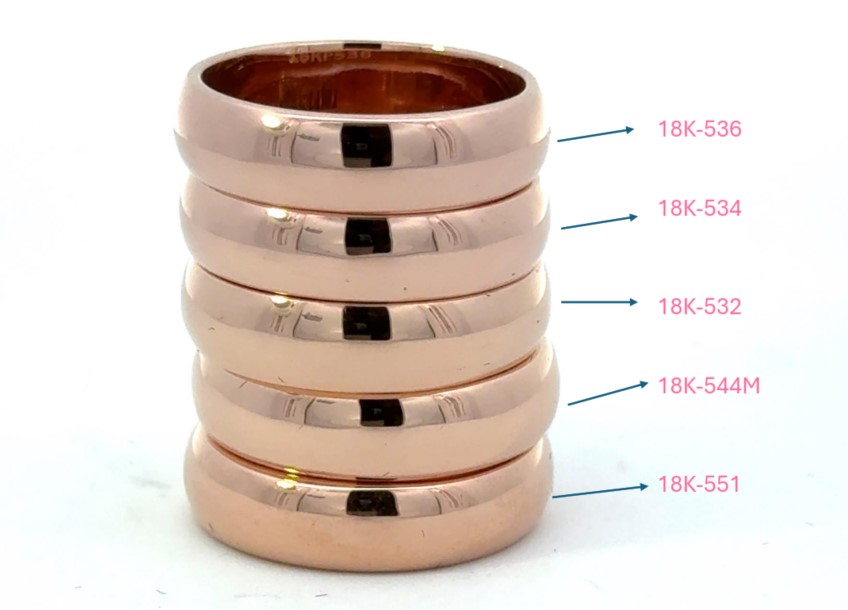Are you experiencing Cracking in 18K Rose Gold Casting?
Here is what you need to know to remedy that issue…
18K Rose Gold continues to be a popular choice for high-end jewelry, but it’s also known for being one of the most sensitive alloys to cast. Among the karat golds, 18K Rose Gold is uniquely prone to cracking, unlike 10K, 14K, 20K, or 22K golds where cracking is rarely observed.
The reason lies in its Order/Disorder phase transformation, which occurs at approximately 770°F (410°C). If not quenched appropriately after casting, this transformation can cause internal stress and embrittlement—leading to cracks in finished pieces.
[ Click here for a complete list of Rose Gold Casting Alloys from United PMR. ]
Best Practices for Quenching 18K Rose Gold:
• Timing is Everything: Quench the tree about 3 minutes after casting, starting from the button end. Waiting too long causes grain coarsening and cracking.
• Centrifugal Casting? Quench Faster: In centrifugal systems, the rapid rotation speeds up cooling. This means surface temperatures fall drastically right after the pour. Immediate quenching becomes even more critical to avoid steep thermal gradients and cracking.
• Avoid High De-Oxidizer Alloys: These are suitable for lower-karat rose golds but can cause grain enlargement and instability in 18K, especially when mixing.
• Smart Pickling: Overexposure in pickle can dissolve copper at the surface, resulting in yellowish discoloration due to gold enrichment (depletion gilding).
Real-World Tip:
When soldering 18K Rose Gold, quench as soon as the metal turns dark to minimize cracking. Use alloys formulated specifically for 18K and avoid mixing with those meant for 10K/14K applications.
If you’re seeing unexpected cracks or color shifts in your 18K Rose Gold jewelry, our technical team at United PMR can help troubleshoot and refine your process.
Call us at 1-800-999-FINE or email us at techteam@unitedpmr.com for expert support with cracking in 18K rose gold casting and other issues in your production that may require troubleshooting.
